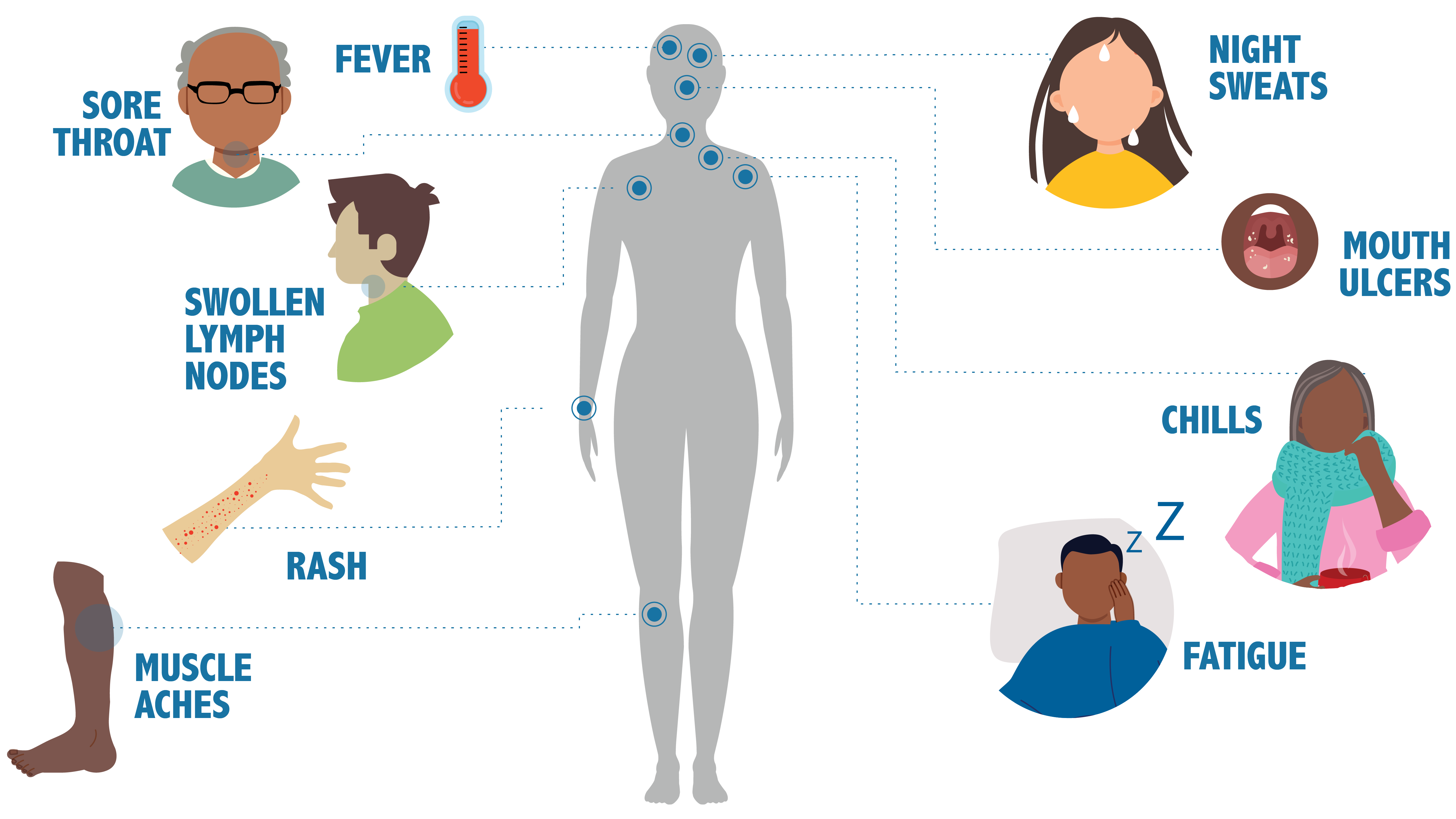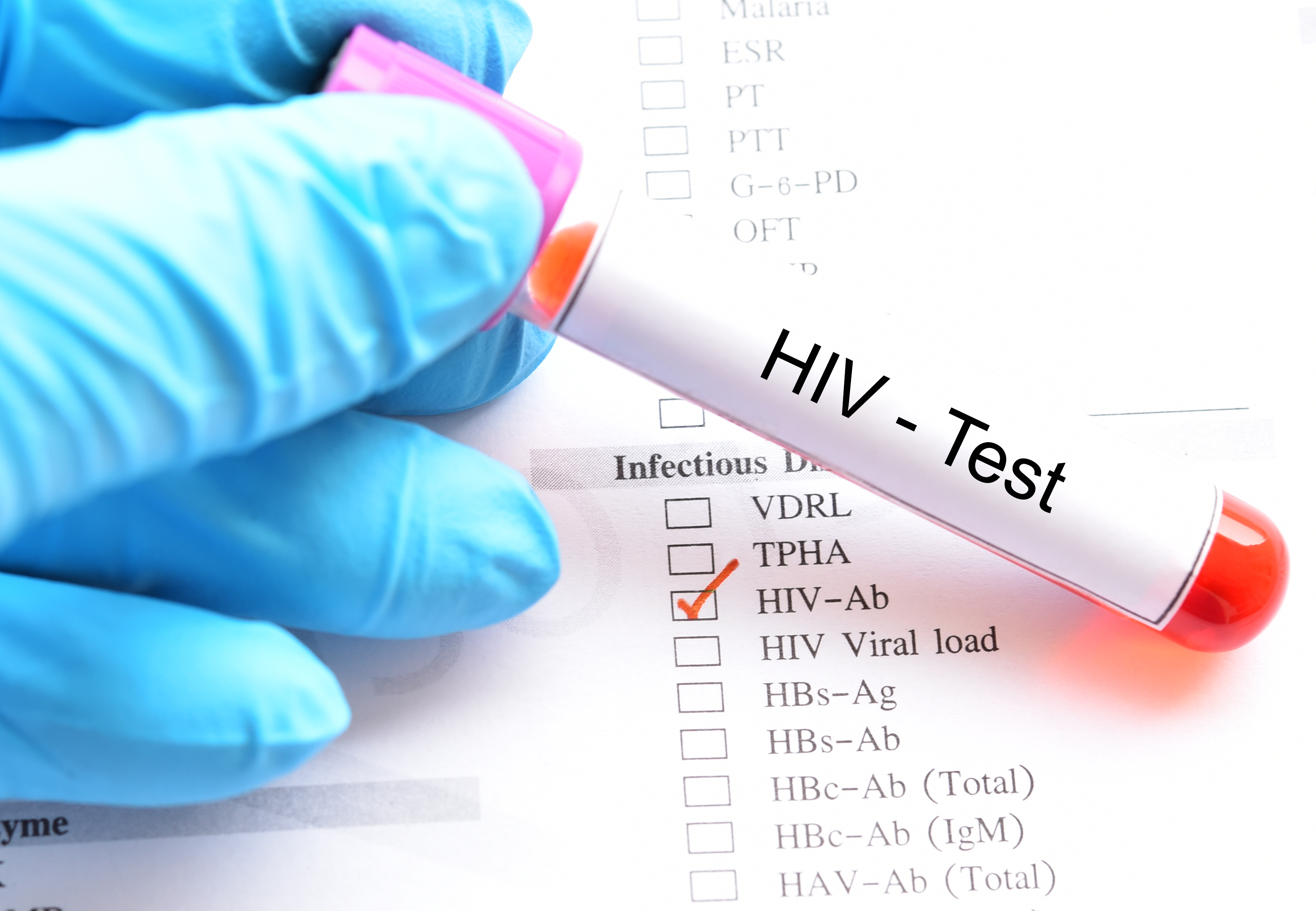WHAT IS HIV?
HIV is a virus that attacks the human immune system, specifically the CD4 cells (also known as T-helper cells). These cells are essential in fighting infections and diseases. When the virus destroys these cells, the immune system weakens and becomes unable to fight off even common infections.
If HIV is not treated, the infection can progress to its final stage – AIDS (Acquired Immunodeficiency Syndrome). This stage is marked by a severely weakened immune system and an increased risk of serious infections and certain cancers. However, it is important to know that modern medications make it possible to control HIV effectively and prevent the development of AIDS.
HOW IS HIV TRANSMITTED?
HIV is transmitted only through certain body fluids in which the virus concentration is high enough:
- Blood
- Semen
- Vaginal fluids
- Breast milk
The virus does not spread through air, water, food, kissing, handshakes, shared utensils, or social contact.
The most common ways of HIV transmission are:
- Unprotected sexual intercourse – without condoms or with multiple sexual partners
- Sharing needles or syringes – most often among people who use intravenous drugs
- From mother to child – during pregnancy, childbirth, or breastfeeding if the mother is not treated
- Through blood transfusion or organ transplantation – though nowadays, this risk is very low due to strict blood donor screening

LIVING WITH HIV TODAY
In the early years of the epidemic, an HIV diagnosis was seen as a death sentence and the end of future plans. Today, the situation is entirely different. Antiretroviral therapy (ART) allows people living with HIV to completely control the virus. When taking prescribed medications regularly, the amount of the virus in the blood decreases to an undetectable level. This means that:
- The virus does not damage the immune system. The person remains healthy and active.
- The person cannot transmit the virus to others through sexual contact. This is the foundation of the globally recognized U=U principle (Undetectable = Untransmittable).
- A person can plan their future without limitations. People living with HIV can start families, have healthy children, and achieve personal and professional goals.
The most important thing is to take the prescribed medications daily, follow the treatment plan, and regularly monitor health.
IMPORTANT FACTS ABOUT LIVING WITH HIV
Living with HIV today is not a barrier to a full life, but there are several important aspects everyone should know:
- People living with HIV can have healthy children. If the mother receives treatment during pregnancy, the risk of transmission to the child is almost zero.
- HIV does not affect a person’s ability to work, study, or engage in hobbies. Health monitoring and adherence to treatment are key.
- Social stigma still exists. Despite medical progress, many people still believe old myths about HIV and may discriminate against people living with the virus. Therefore, spreading accurate information and fostering public awareness is crucial.
- Psychological support is important. Upon learning about an HIV diagnosis, people may experience shock, fear, sadness, or depression. It is very important to receive support from family, health professionals, or community groups.
HOW TO PREVENT HIV?
Although HIV treatment is highly advanced today, prevention remains the most effective way to stop the spread of the virus. The most effective prevention measures are:
- Use condoms during every sexual encounter, especially if the partner's HIV status is unknown
- Limit the number of sexual partners and know their health status
- Do not share needles, syringes, or other sharp objects
- Use preventive medication (PrEP). PrEP (Pre-Exposure Prophylaxis) is a daily medication that reduces the risk of HIV infection
- Choose licensed, hygienic places when getting tattoos or piercings
- Regularly get tested for HIV, especially if you belong to a higher-risk group
The more people are aware of prevention methods, the lower the chance of virus transmission.

Today’s medicine makes it possible to live a full, healthy life with HIV. The key is early diagnosis, timely treatment, and adherence to healthcare advice. However, the attitude of society is equally important – fighting stigma, myths, and discrimination. Each of us should know the essential facts about HIV and help create an environment where everyone, regardless of their diagnosis, feels safe, accepted, and supported.
SOURCES OF INFORMATION
- „HIV Basics“ – Centers for Disease Control and Prevention (CDC)
- „HIV and AIDS“ – World Health Organization (WHO)
- „Living with HIV“ – Mayo Clinic
- „HIV: Symptoms, Causes, and Treatment“ – Medical News Today
- „HIV Treatment and Care“ – UNAIDS
- „HIV Overview“ – Johns Hopkins Medicine
# ŽIV

